Cuando hablamos de la dirección del corte en los tejidos, nos referimos a la orientación con respecto a los hilos de trama y de urdimbre y con respecto al orillo, del que ya hablamos en una publicación anterior. Las tres direcciones posibles son el hilo, el contrahilo y el biés. En confección, un patrón puede ser cortado sobre el tejido en cualquier dirección, pero afectará a la caída de la prenda y a cómo siente y se ajuste al cuerpo.
An English translation below if you click ” Sigue leyendo”
El corte al hilo está orientado en paralelo a los hilos de urdimbre y a lo largo del orillo . El hilo suele tener menos estiramiento que el contrahilo ya que los hilos de urdimbre son los que tienen más tension en los telares durante la tejeduría. Es la dirección de corte que más se usa. El contrahilo es paralela a los hilos de la trama, de orillo a orillo. Es algo más elástico que el hilo y se usa en aquellas piezas que necesitan dar comodidad o elasticidad a las prendas. también se cortan a la contra determinados tejidos cuando se juega con su estampado.
Nuestro protagonista, el biés, es el más especial y el que da más elasticidad y fluidez a las piezas cortadas en esta dirección. Una prenda se dice que está “cortada al bies”, cuando los hilos de urdimbre y trama de la tela están a 45 grados de las principales líneas del patrón, es decir, cuando hemos cortado en diagonal a los orillos.
Al biés se cortan faldas, vestidos, corbatas o lencería en general, buscando su característica elasticidad para realzar las formas del cuerpo o para una fácil adaptabilidad.
Si queréis ver la elasticidad del biés por vosotros mismos, tomad un trozo cuadrado de tela de algodón en vuestras manos y tirad a lo largo de ambos lados del orillo, en horizontal y en vertical, y veréis que la tela no cede especialmente. Haced lo mismo ahora a lo largo de dos esquinas opuestas por la diagonal, y veréis cómo la tela estira.
El corte al biés en la moda no aparece hasta los años 20 con Madeleine Vionnet. Diseñadora revolucionaria para su tiempo, no es tan conocida como Coco Chanel, pero igual de importante en el mundo de la moda.
Influenciada por la escultura griega, a ella se le atribuye la creación del corte al biés, en su búsqueda de esas delicadas caídas de tejido y esas sinuosas siluetas de las esculturas de las grandes diosas antiguas. Sería ella, con su estilo inconfundible, quien hiciera los vestidos de Isadora Duncan, la bailarina de danza moderna de vanguardia de los años 20 y 30.
En el mundo actual, con todos nuestros tejidos elásticos, es fácil pasar por alto lo revolucionario de los vestidos de Vionnet. Desafortunadamente tuvo que cerrar su casa de alta costura en la segunda Guerra Mundial.Tras aquella devastación, la moda fue puesta en un segundo plano para centrarse en la confección de trajes de guerra y los recursos del país fueron resignados a tal fin. Ella nunca volvió a abrir de nuevo pero nos dejó sus creaciones, su escuela y el gusto por el biés, que no se ha perdido desde entonces.
![]()
For woven textiles, grain refers to the orientation of the weft and warp threads. The three named grains are straight grain, cross grain, and the bias grain. In sewing, a pattern piece can be cut from fabric in any orientation, but the grain will affect the way the fabric hangs and stretches and thus the fit of a garment.
The straight grain is oriented parallel with the warp threads and the selvedge, mentioned in one of my previous post, and it has less stretch than the crossgrain since the warp threads will be pulled tighter than the weft during weaving. Most garments are cut with the straight grain oriented top to bottom. The cross grain runs perpendicular to the selvedge and parallel to the weft threads. It has generally more stretch than the straight grain since the weft threads are generally looser than the warp during weaving.
Our protagonist, the bias, is the most special and it gives more flexibility and fluidity to the cut pieces in this grain direction. The bias grain of a piece of woven fabric is usually referred to simply as “the bias”, is at 45 degrees to its warp and weft threads. This property facilitates garments and garment details that require extra elasticity, drapability or flexibility, such as bias-cut skirts and dresses, neckties, piping trims and decorations, bound seams, etc.
If you want to see the elasticity of bias for yourself, take a square piece of cotton cloth in your hand and shoot at a selvage along both sides, horizontally and vertically, and you will see that the fabric does not yield especially. Do the same now along two opposite corners, diagonal, and will see how the fabric stretch.
The cut on the bias in fashion does not appear until the 20s with Madeleine Vionnet. She was a revolutionary designer for her time; not as universally well known as Coco Chanel but just as influential to the world of fashion. Influenced by ancient Greek sculpture and statues and wanted clothing to move and flow with the wearer, she is credited with creating the bias cut, a technique which creates a sinuous and slightly clingy silhouette. She was, with her unmistakable style, who made dresses for Isadora Duncan, the modern dancer vanguard on the 20s and 30s.
In today’s world, with all of our stretch fabrics, it’s easy to overlook how revolutionary it must have been to wear something that draped to your body the way Vionnet’s dresses did, especially so after the inundation of boxy and loose fashions of the 1920s. Unfortunately Mme. Vionnet had to close his couture house in World War II .After its devastation, fashion was put on the back burner to concentrate on the war effort and the country’s resources were reallocated. She never reopened again but she left us her creations, her work and the taste for bias.
Imagenes: burdastyle, teamwork, agnautacouture, ohmotherminediy, misskuqui

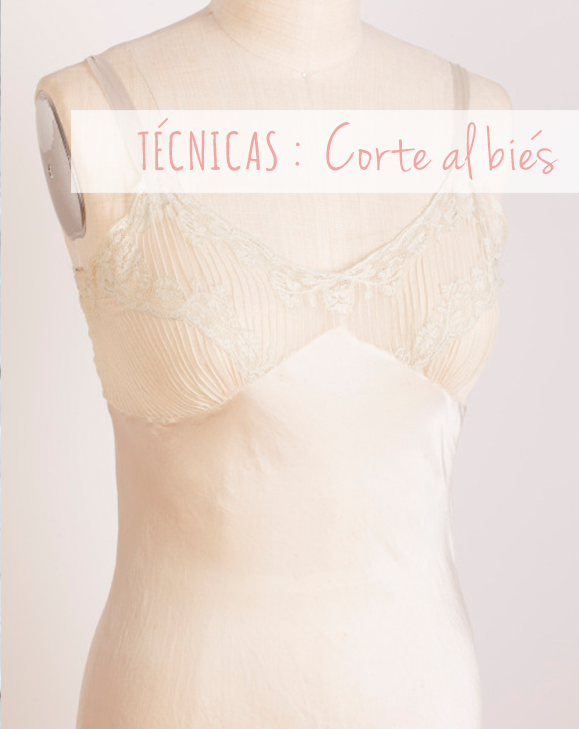
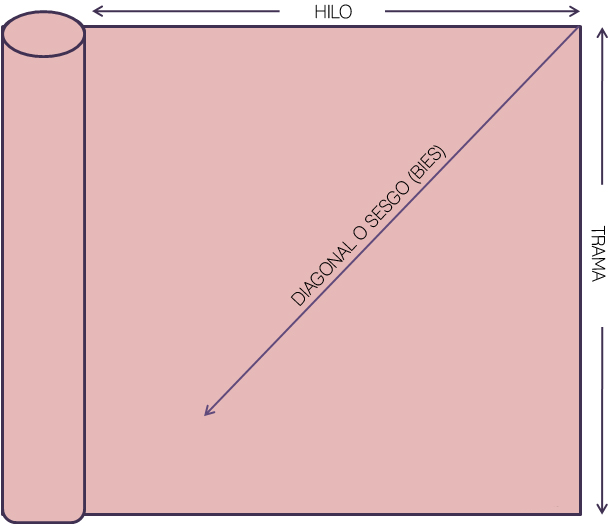
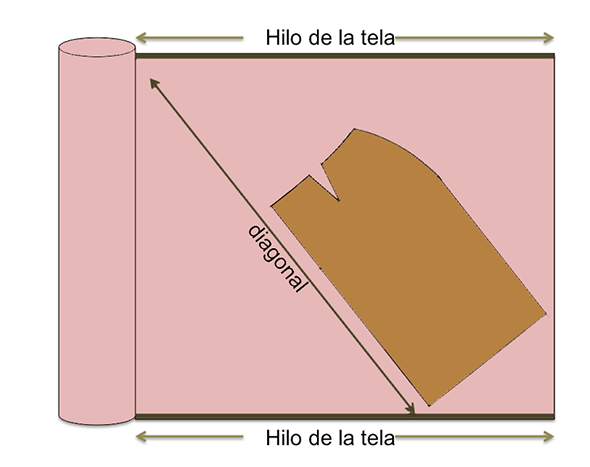
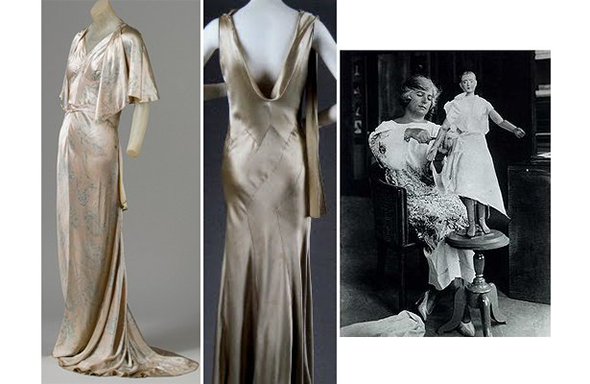
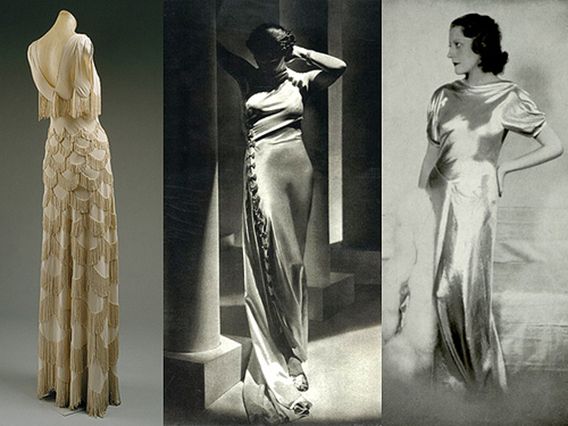
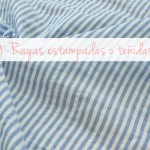
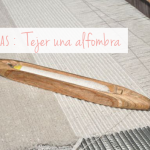
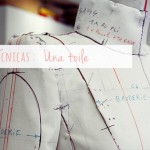
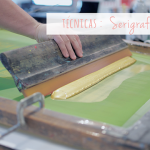




You’re so interesting! I don’t suppose I’ve truly read anything like this before.
So good to find another person with a few genuine thoughts on this subject.
Really.. thanks for starting this up. This site is one thing that is needed on the web, someone with a bit
of originality!